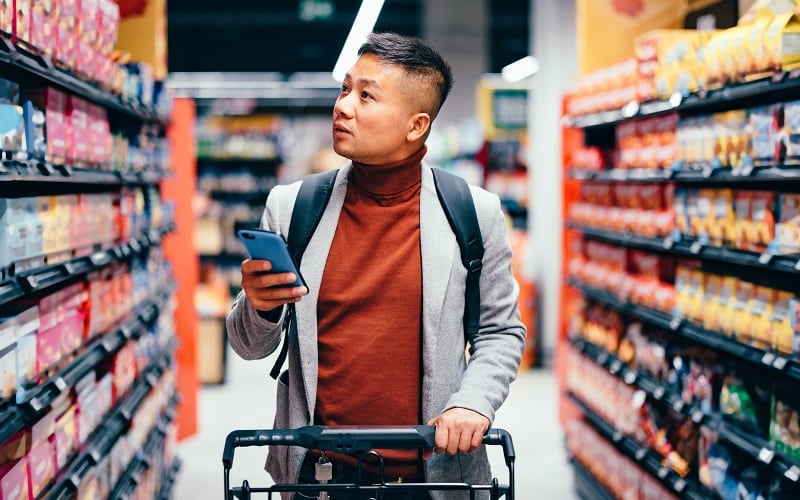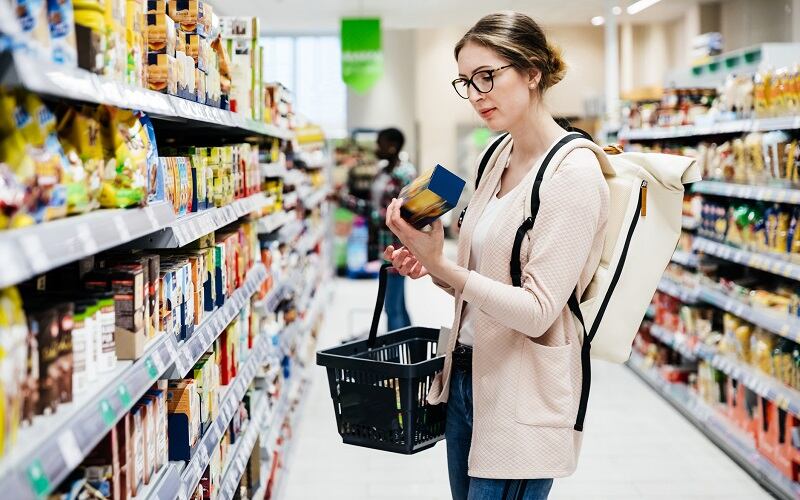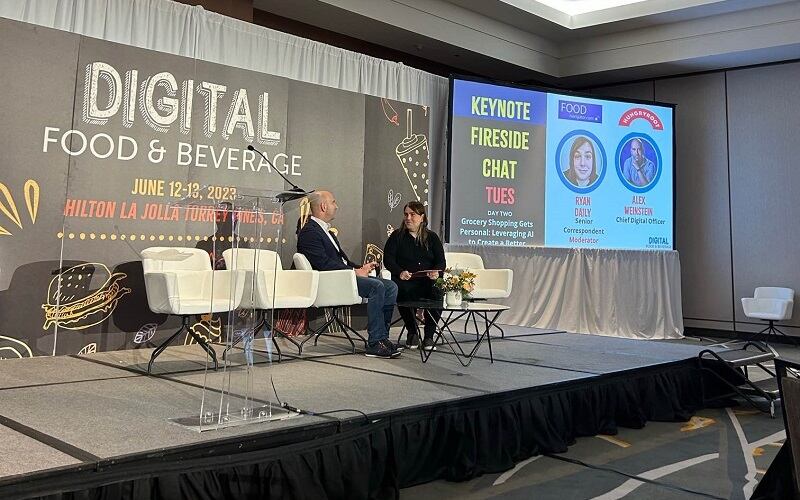In an interview with FoodNavigator-USA, Alex Weinstein, chief digital officer, Hungryroot, discussed the company’s key strategies that contributed to its financial growth since the its initial beginnings as a packaged healthy food company.
Of its business model, which pivoted to AI in 2019, Weinstein explains that Hungryroot “had the potential to solve the meaningful challenges associated with coming up with a plan to eat healthy.”
“Since 2019, we have focused on solving this exact problem: helping consumers accomplish their dietary goals and saving them time cooking and shopping for food. We have found that AI is the natural way to accomplish this goal; that's why, over the course of the past four years, we have been so heavily investing into AI,” Weinstein added.
“Grocery shopping is hard,” Weinstein noted. “The average store carries more than 35,000 items, many of which have long ingredient labels. Online grocery is surely easier—it takes less time to browse the digital aisles than it does navigating a 50,000+ square foot store. And yet, neither online nor offline grocery shopping is optimized for cooking meals, or for helping the consumer achieve their health objectives. That’s why the average American spends three plus hours a week grocery shopping and throws out 20% of the food they buy as it ends up spoiling.
Weinstein explains that Hungryroot’s AI selects “two thirds of what our customers buy, saving them time and worry, introducing them to new foods and helping them accomplish their health objectives better than they could on their own.”
Simplifying the shopping experience through AI
The integration of AI has enabled Hungryroot to achieve an average order value (AOV) of $125 per delivery, significantly surpassing the industry average of $70. Weinstein elaborates on how AI technology has directly influenced this higher AOV and the ways in which it enhances the customer shopping experience:
“At its core, our success can be attributed to our AI helping customers live healthier lives. From the moment the customer takes our introductory quiz we get to know them, their health and time-saving goals, how they like to eat, how comfortable they are in the kitchen, the types of cuisines and flavors they like, and much more.”
With the goal of simplifying the grocery shopping experience, Hungryroot’s AI model collects over 100 data points from over seven million orders to predict products and recipes based on users’ dietary needs and preferences.
“With each customer, we collect more than 100 explicit data points, far more than any other grocer. We also leverage countless implicit data signals: their ordering behavior, budget and how they edit our suggestions, for example. Using these data points, our large-scale constraint optimization algorithm fills customers’ weekly grocery cart leveraging our in-house inventory of modern food brands, our own private label products and over 6,000 proprietary recipes,” he elaborates.
Weinstein continues, “We train our models to make predictions about what products and recipes will not only satisfy their dietary needs and preferences (and those of their families), but most importantly, are foods that they’ll love, and our predictions are always getting better. As an example, if a customer is trying to eat fewer carbs, this is picked up as being relevant broadly by our AI and can be applied to recommendations for their breakfasts, snacks and dinners. Or, if they really love spicy foods, they are likely going to enjoy a tabasco frittata for breakfast—not just tacos for dinner. Whatever we learn about the customer is transferable across dining occasions. Our ability to make hyper-relevant recommendations will continue to drive AOV.”
While ChatGPT and similar technologies can generate grocery lists, Hungryroot's AI surpasses these capabilities by addressing ongoing challenges such as inflation-driven item swaps and understanding individual dietary preferences. Weinstein specifies how AI-driven solutions have directly impacted customer experiences to resolve these challenges more efficiently.
“Knowing our customers so well has enabled our AI to help customers shop more cost-effectively, which is especially valuable in today’s inflationary environment. For example, when protein prices were impacted by inflation earlier this year, our AI was able to swap chicken it knows the customer likes into their weekly delivery instead of beef, allowing us to fulfill the customer’s needs based on their dietary preferences at no additional cost. This is ideal for those customers trying to stick to a consistent grocery budget and is something traditional grocery stores, or on-demand services cannot do for their customers,” Weinstein explains.
Continued investment in AI
In the context of maintaining competitive advantages, Hungryroot will continue to invest heavily into its proprietary AI, “by gathering more explicit and implicit signals from our customers and using that to continuously improve our recommendation models,” Weinstein explains.
“As [AI] evolves, we anticipate integrating large language models and our food-specific AI more directly into the customer experience. For example, after a customer receives their weekly Hungryroot box recommendations in a text message, they could reply that they are not in the mood for salad this week since it is unseasonably cold, and the Hungryroot chatbot could offer to swap in soup in a revised grocery cart,” he elaborates.
Beyond customers and the business, Weinstein also sees potential for AI to positively impact Hungryroot’s employees:
“For our marketing and culinary teams we are seeing AI impact content and recipe idea generation. In Customer Care, we are excited about how AI can support our care agents with macro generation and issue analysis. Using AI to draft job listings, develop policies and take meeting notes are examples of day-to-day impacts that add up to meaningful improvements for our team members.”




